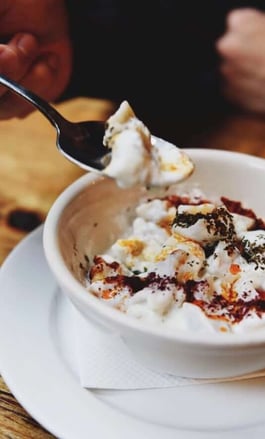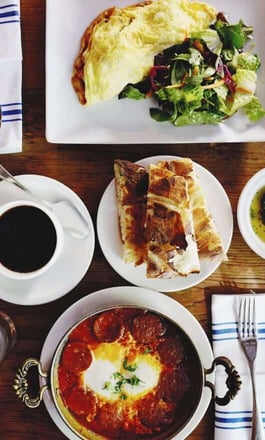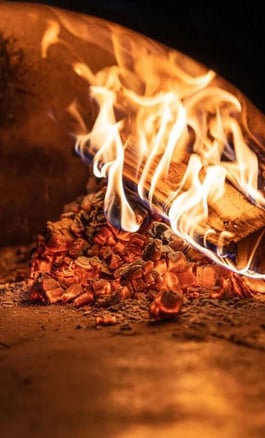Kasseri Cheese: What it is and How to Use it
Kasseri, also known as Kaseri or Ksara in Turkey, is one of the most well-known Greek cheeses with a unique and unmistakable flavor. Produced since the 19th century, this cheese is traditionally made with goat’s and sheep’s milk, although it’s often made with cow’s milk in the United States or ewe’s milk elsewhere in Eastern Europe. The following guide discusses how Kasseri cheese is produced and what makes it unique.
Taste and Appearance
Kasseri is a semi-hard, pale yellow cheese with a mild buttery taste that makes it a popular table cheese. Depending on the age, the color may be off-white to pale yellow and it can range from semi-soft to semi-hard. Young Kasseri cheese has a sweet and delicate flavor while the aged cheese can become salty. Its piquant and slightly salty taste often earns it comparisons to cheddar cheese from the U.K., lending itself to the name, “cheddar cheese of the Balkans.”Kasseri cheese has a soft and stringy texture and it falls under the pasta filata cheese family along with Muenster and Provolone cheese.
How Kasseri Cheese is Made
In Turkey and Greece, Kasseri or Ksara cheese is traditionally made from unpasteurized sheep’s milk with some, if any, goat’s milk mixed in as well. In the United States, and a few other regions, the cheese is made with cow’s milk, either in whole or part.Kasseri cheese must be made with fresh and unpasteurized milk for the ideal texture and flavor. It is then aged for a minimum of four months, although it’s often aged for at least six months.
How It’s Used
Kasseri cheese is typically used as a table cheese in Turkey and Greece. At room temperature, it’s often served with pastries, sandwiches, or omelets. With its rubbery texture and salty, buttery flavor, Kasseri is an excellent melting cheese. Kasseri is one of the primary ingredients in the saganaki, a famous Greek dish. It’s also a staple in many Turkish dishes, served at breakfast with pastries or with wine and mezes, which are small appetizers. Many Americans use Kasseri as a substitute for mozzarella or Provolone.







